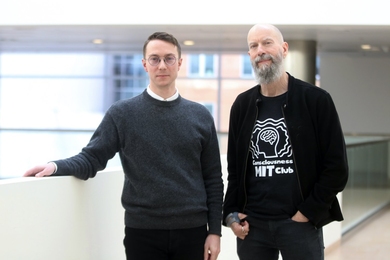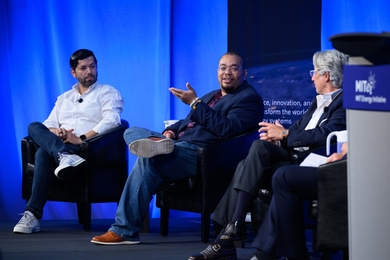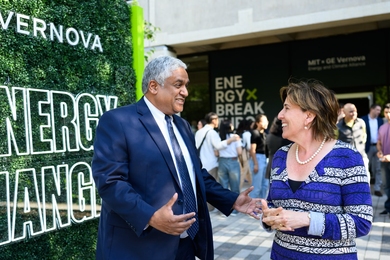Overhead costs for university research have averaged about 31 percent of the research dollar for the past decade, with the government paying between 24 and 28 percent and the universities paying the other 3 to 7 percent, according to an extensive study done by the RAND Institute.
The study was done at the request of the White House Office of Science and Technology Policy (OSTP) "to present objective information on facilities and administrative costs in US higher education," a topic of major controversy in the early 1990s in Congress.
The summary of the 86-page report said, "On average, about 31 percent of the total true costs appear to be for facilities and administration [overhead or indirect costs]. The share of federal outlays that pays for F&A costs is between 24 and 28 percent... Overall, we estimate that the federal government does not reimburse between $0.7 and $1.5 billion."
Authors Charles A. Goldman and T. Williams conclude that "universities are already paying a significant share of the costs associated with their research partnership with the federal government."
"Pressures to increase that cost sharing could lead to a slow down in investment on research and research infrastructure and, potentially, to a decline in the partnership's contributions to health, education, defense, science and other vital research areas," they wrote.
The OSTP, in response to a congressional directive in the 1998 National Science Foundation Act, utilized the RAND analysis for its own study. Both reports reach similar findings. Average indirect cost rates have held steady for over a decade. After the federal government, the largest supporters of university research are universities themselves, which spend $5 billion per year of their own resources on research. In addition, compliance with federal, state and local regulations represent a substantial administrative cost to universities.
Several Washington-based education leaders reacted positively to the RAND findings. The report "provides a credible, objective analysis that supports what universities have been saying for years: namely, that the federal government does not pay fully for the indirect costs of federally sponsored research, and that these costs are legitimate costs that are necessary for the performance of the research," said Nils Hasselmo, president of the Association of American Universities.
A spokesman from the American Council on Education, Tim McDonough, said schools have assumed some legitimate expenses "in the name of science."
The OSTP report was required to outline several options to reduce or control indirect costs. Four categories of policies aimed at reducing indirect costs were outlined, but none was seen as workable.
Director Neal Lane summarized the options in his cover letter to Congress. "We believe that enactment of any of the mechanisms for decreasing F&A cost recovery that are discussed in this report could result in reduced investments in building and renovating needed scientific facilities, thus jeopardizing future research capability and the scientific/technological work force," he wrote.
A version of this article appeared in MIT Tech Talk on August 9, 2000.





